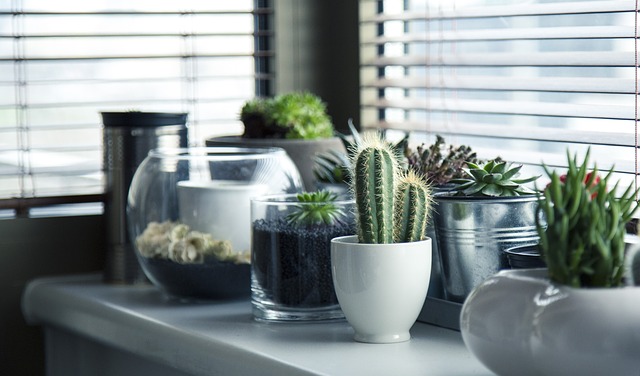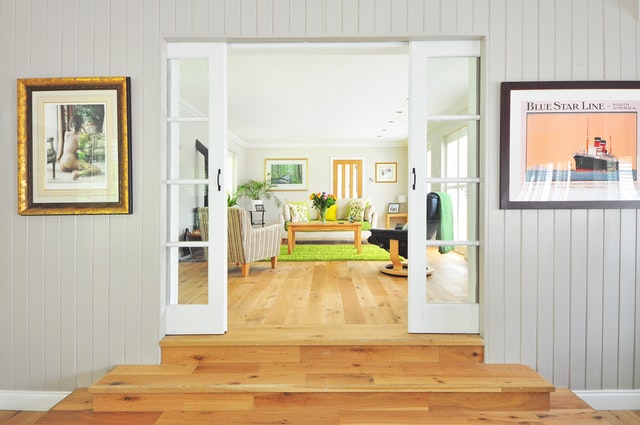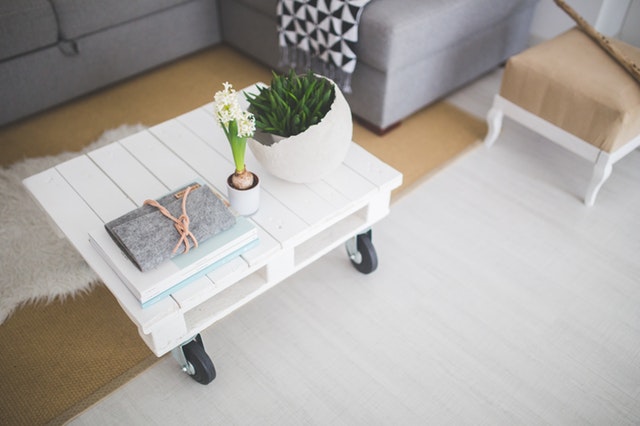This is a guest post courtesy of James Memije, the owner of AccuServ Heating and Air Conditioning in Toronto, Ontario, Canada.
One thing you may not consider is how important the air quality inside your home is, both for your comfort and your health.
Having air that is stagnant can make it feel stuffy and more humid when you’re in a room, and if the air is full of dust, debris and other pollutants it can affect your allergies, your breathing.
It could potentially cause more serious health issues in the long term. Thankfully, there are a few ways you can improve the air quality in your home.

Buy Some House Plants
You might think to yourself that you can always just go out and buy an air purifier and count your job as done, but not so fast — most air purifiers can be expensive and ineffective as a means of reducing airborne allergens.
If you want a cheaper solution, you can try placing certain kinds of houseplants throughout your home that can do the same sort of work for a lot cheaper.
If you want to know which plants work best, a study by NASA found as many as 15 common types were able to remove certain airborne chemicals such as formaldehyde and carbon monoxide to some extent: bamboo palm plant, ivy, peace lily, and a few kinds of dracaena plants.

Replace Your Furniture
You can improve the air in your home simply by replacing any problematic furniture with alternatives that are certified as good for air quality.
There are some types of furniture, or materials used in furniture, that can negatively affect the air quality in your home.
Furniture that is made from particleboard and plywood, for example, also usually come with formaldehyde and other chemicals that can leach into your air and exacerbate conditions such as asthma and certain allergies.
In addition, certain types of cloth or similar materials used in carpets, rugs, couches, and so on may also either contain or release formaldehyde, benzene, or ethylene glycol that can also cause health issues as serious as cancer.

Replace Your HVAC Filters
You can really stay on top of the air quality in your home by making sure to frequently clean or replace your air filters.
They catch a lot of airborne dust, debris, allergens, and other pollutants — at least until they fill up with too much of it. You should be changing your AC air filters around once every month.
Clean Your Home Regularly
Perhaps the cheapest way to stay on top of maintaining the air quality of your home is by keeping it clean. There are a few main things to focus on when cleaning your home at least once a month:
- Use a high-quality vacuum with a HEPA filter
- Wash your carpets and rugs using a carpet cleaner that you can rent or buy
- Clean or mop every floor, table or counter surface
Staying on top of your cleaning will go a long way to keeping the air in your home fresh and free of harmful airborne pollutants.

Maintain Good Air Circulation
The last thing you can do to help is to make sure your home is set up with good air circulation. There are a few ways to do this:
- Keep some windows open to allow fresh air in
- Use exhaust fans and attic vents to let the air inside back out
- Set up ceiling or window fans to help keep the air in your rooms moving
- Keep all doors and air vents open at all times
You may think that allowing more air from outside will make the air quality worse, but it doesn’t.
The constant cycling of air outside coming in, then going back out helps avoid any significant build-up of airborne chemicals.
Meanwhile, it also helps the air feel less humid and remove moisture from build up that could cause mold.
About the Author:

James Memije is the owner of AccuServ Heating and Air Conditioning. He has extensive knowledge in hydronics and forced air systems and is a Licensed Gas Fitter with several certifications including heat load calculation and air duct design.













